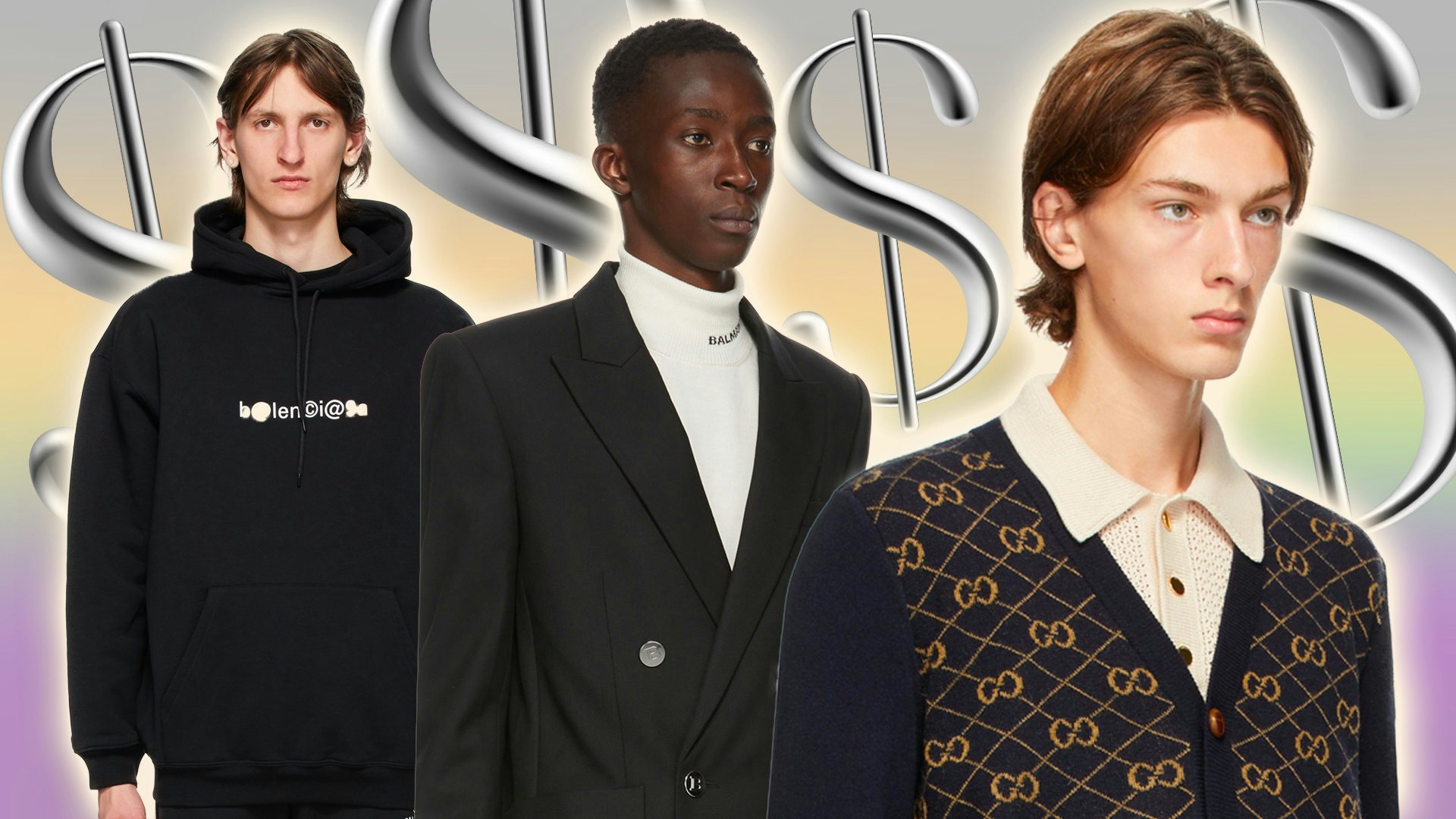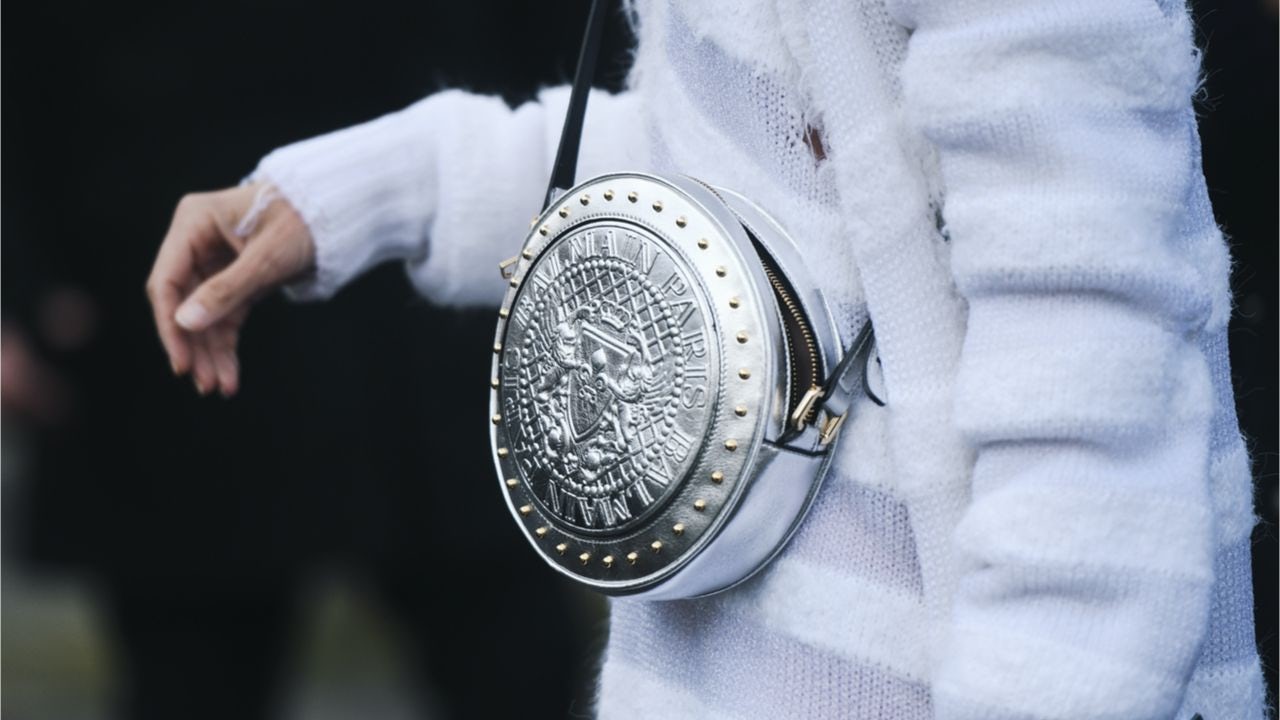Over the past few months, almost every brand I’ve advised said that pricing was a major challenge for them. To me, this isn’t a surprise. When business is booming, companies become more confident about pricing. But when markets contract and sales fall, there’s one primary reflex: to discount with the hope of luring back customers.
Pricing is incredibly important for luxury businesses because many of them destroy significant brand equity when they lower prices in search of fast, easy growth. The consequences are almost always fatal. Driving down prices changes a brand’s value perception, which reduces that brand’s actual value. And when brand equity erodes, a rude awakening awaits. During the current pandemic, some brands that were active in discounting, such as Burberry and Ralph Lauren, only compounded their existing issues.
When you look at the brands that are suffering most in the pandemic, there is a pattern: They are poorly differentiated brands with weak brand storytelling that price themselves in the middle of the pack. In the luxury market, I’ve never found an example where an undifferentiated luxury brand achieved sustainable revenue and profit growth by discounting, which begs the question: Why are so many brands falling into this trap and gambling away their futures?
When I do postmortem analyses on failed brand strategies, I see another recurring pattern: They almost always overestimate their brand equity and underestimate how pricing moves are perceived. Let me explain.
Within every brand team, there’s usually the perception that consumers know every detail about the brand. That’s because brand teams spend day and night solely working on their brand. The internal teams know and love everything about the brand, which creates the false impression that the external view on the brand is as positive as the internal view. So in the mind of brand managers, their brand appears to be much stronger than it is.
This phenomenon is called marketing myopia — a nearsighted focus when selling products and services, instead of putting sufficient emphasis on what consumers truly want and how to create customer value over the long term. It was first described by Harvard Business School professor Theodore Levitt in 1960 and became one of the most famous concepts in marketing science.
Yet, marketing myopia persists, and the luxury marketing strategy training that many luxury executives lack tends to compound this behavior within the industry. Avoiding marketing myopia calls for much more training and greater precision in executing these strategies, which allows brands to balance their short term and long term. Because of this reality, the demand for luxury masterclasses has never been as high as it is now.
Brands’ second error is to underestimate pricing effects. Research on competitive market signaling has shown that actively changing prices creates the single greatest competitive signaling effect, with some comparing it to a nuclear bomb. Changing a price always has a short-term lift effect, but the long-term fallout is almost always catastrophic.
If a luxury brand was able to sell a specific item at full price to hundreds of their best and most loyal customers, but then — due to a crisis or slow period — decided to detonate an atomic price drop, all they've done is reward a group of one-time, price-sensitive, non-loyal customers. They trade in their brand equity, which their best customers built by paying full price, for short-term, easy growth. And then, any loyal, full-price customer of the brand who sees items they once bought become significantly discounted is sure to be alienated. Nothing makes loyal customers leave faster than deep discounts.
When we interview managers about why they changed prices, the answers are usually versions of: “we didn't expect the negative pricing effect to be that bad” or “once the brand is more established, we will promote less often.” Sadly, the odds of a brand becoming stronger after it discounts its products are close to zero.
So what is the right pricing strategy? The right approach is to take a step back and remember why consumers ever paid a premium for the brand in the first place. The answer is simple: You would only pay a premium if you got more value compared to another alternative. For luxury brands, only a fraction of the total value is provided by the product. Other factors, mostly intangible and hidden ones, drive values dramatically higher. The magnitude of this “Added Luxury Value” (ALV) can be mind-blowing. We found categories in which the top-tier brands generated ten-thousand times more value than brands in the same categories that only provided functional value.
Most managers never calculate ALV. So, intuitively, they believe that ALV is a relatively small part of the brand’s equity, which they assume is mainly driven by the product or service. Consequently, they think a discount promotion won’t have much impact on their brand’s perceived value. But think again! If the largest part of any perceived value is driven by intangibles, then discounting a luxury item is directly destroying ALV. And rebuilding an intangible once it’s destroyed is nearly impossible.
Pricing, therefore, first has to start with building an extreme value creation model. Brand executives have to generate clarity about what exactly they’re selling. What is driving ALV for their brand? Why should a customer consider them? What is the competitive advantage — not thanks to the product but because of the brand positioning? Brands must look at the big picture where the customer at the center.
Only when the value model is crystal clear and rigorously defined can a brand can price correctly. If the price is too low, it signals that there’s less value. So, next time your brand has to decide whether or not to discount, think differently. Instead of lowering prices, first, think about how you could excite your customers more. Then think about the extreme value your business creates. Only these steps will allow you to price your luxury brand as precisely as possible.
Daniel Langer is CEO of the luxury, lifestyle and consumer brand strategy firm Équité, and the professor of luxury strategy and extreme value creation at Pepperdine University in Malibu, California. He consults some of the leading luxury brands in the world, is the author of several luxury management books, a global keynote speaker, and holds luxury masterclasses in Europe, the USA, and Asia. Follow @drlanger


